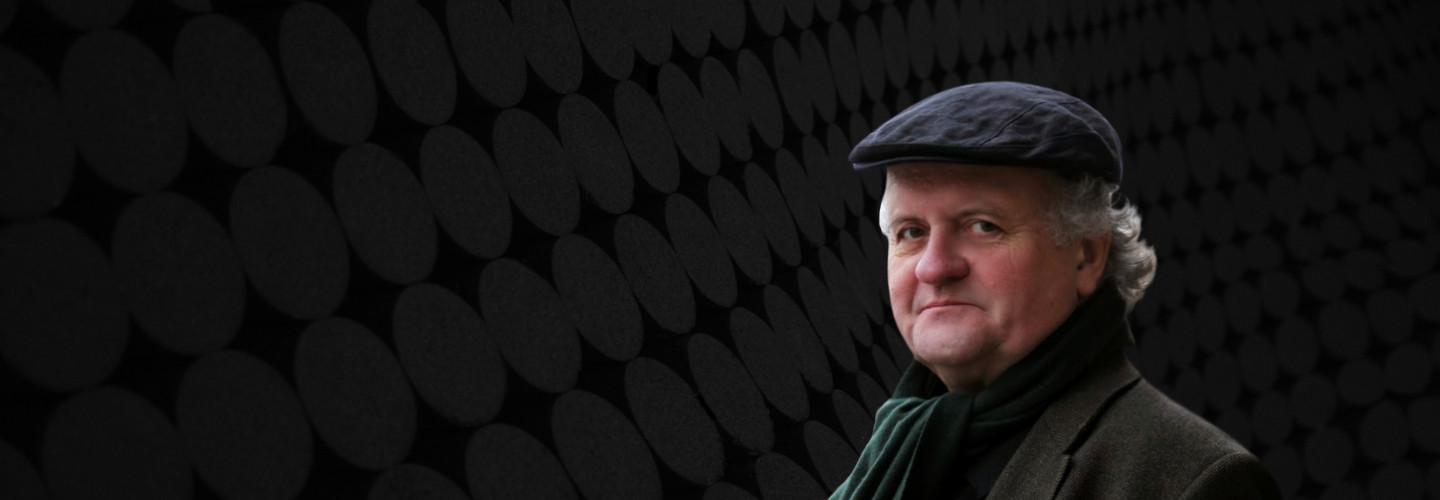

Wolfgang Rihm
Two Other Movements
Short instrumentation: 3 3 3 3 - 4 3 3 1 - timp, perc(3), hp, str(16 14 12 10 8)
Duration: 38'
Instrumentation details:
1st flute
2nd flute
3rd flute (+picc)
1st oboe
2nd oboe
3rd oboe (+c.a)
1st clarinet in A
2nd clarinet in A
bass clarinet in Bb
1st bassoon
2nd bassoon
contrabassoon
1st horn in F
2nd horn in F
3rd horn in F
4th horn in F
1st trumpet in C
2nd trumpet in C
3rd trumpet in C
1st trombone
2nd trombone
3rd trombone
bass tuba
timpani
percussion(3)
harp
violin I(16)
violin II(14)
viola(12)
violoncello(10)
contrabass(8)
Rihm - Two Other Movements for orchestra
Sample pages
Audio preview
Work introduction
I have been reading John Updike’s Seek My Face (Penguin Books 2003, page 14) "Interviewers and critics are the enemies of mystery, the indeterminacy that gives art life".
And now I am asked to write a text on my new composition…
Each work that I write is in a way a 'text' on the preceding piece I had completed. Music is a reply to music.
For some time now, it has become en vogue to expect composers to write explanatory notes on their music. Why? A piece of art should always speak for itself. The artist himself does not know 'better' than the recipients of his art who are prepared to devote themselves seriously to it. If they are not ready to do so, no text will be of any help.
I do believe in the directness of art. There is nothing to 'explain'. However: one can perceive. One can experience. It is never the same – in no way so in the case of music which is always different anyway. There is no limit to the freedom of hearing (unless, of course, your neighbour chooses to cough too much). Sometimes there emerges something absolutely amazing out of a couple of harmless intervals of thirds. Everything is in a state of flux, motion engenders motion. Contrasts spring up all of a sudden, they lead to conflicts, struggle, decisions, solutions, new conflicts, episodes, replies, questions – we are right in the middle of a symphonic text. The music appears to be born out of itself. The listener perceives it through his art: through hearing it.
I am fond of forms which develop freely – flux-like forms, forms and processes reminiscent of those found in Nature. Such forms are simultaneously rich and plain. Pursuing such forms is like breathing. Naturally, the 'natural' is part of our tradition, and everyone will want to understand something different by it. There is nothing wrong with that.
Concerts as we know them, are organized so that one piece follows another, sometimes like alien substances. But there is always a secret thread linking our artificial arrangements, from which questions and replies will arise. Just as in music.
Wolfgang Rihm
